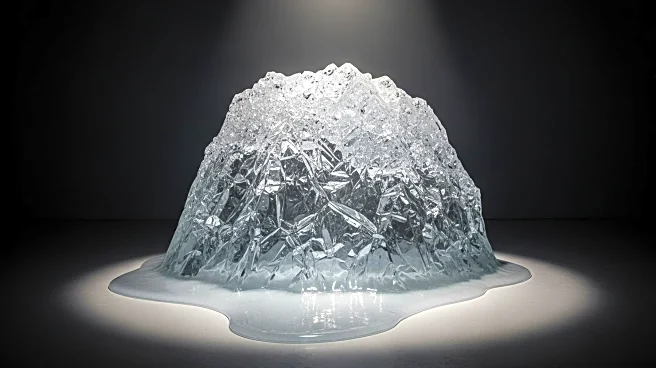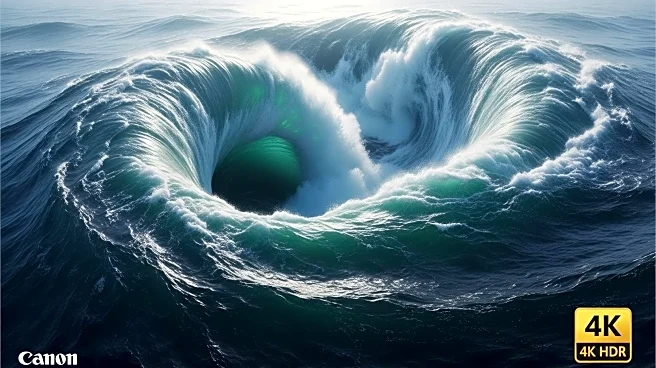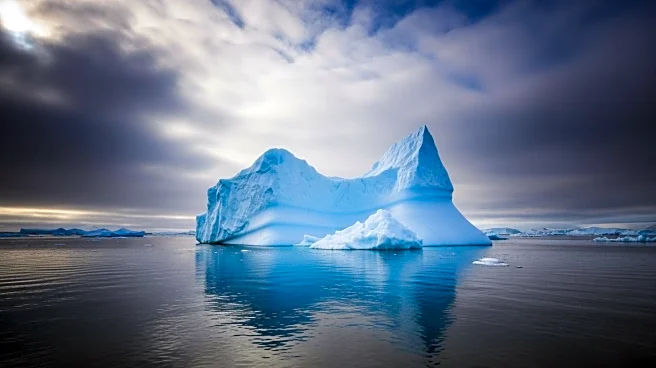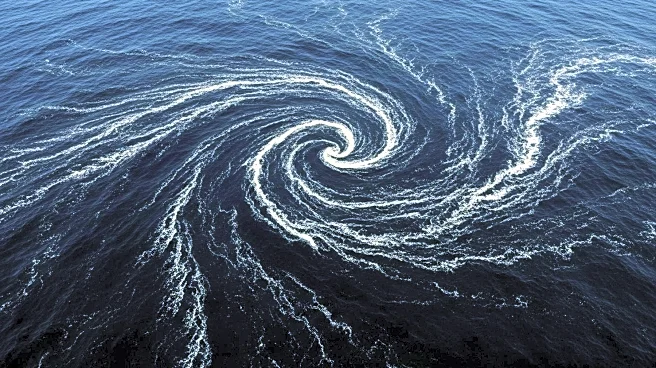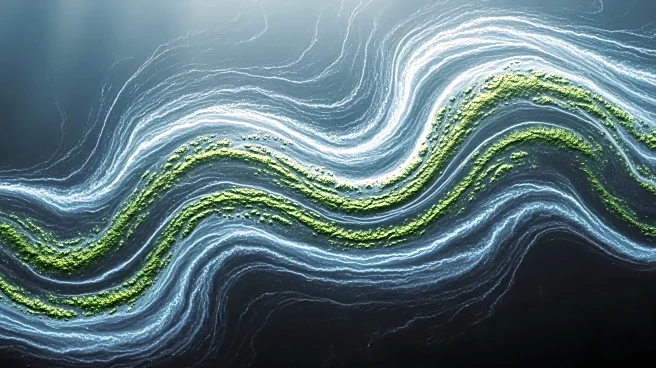What is the story about?
What's Happening?
A recent review has concluded that proposed geoengineering methods aimed at slowing the melting of polar ice caps are impractical and unlikely to succeed. The review assessed five main ideas, including building underwater curtains to block warm ocean currents, drilling to remove water beneath glaciers, and using glass beads to reflect sunlight. Each method was evaluated based on feasibility, cost, environmental risks, and potential false hopes. The findings suggest that these approaches could distract from the urgent need to reduce carbon emissions, as they are either too dangerous, costly, or ineffective in the polar regions.
Why It's Important?
The melting of polar ice caps is a critical issue due to its potential to cause significant sea level rise, impacting coastal communities and ecosystems globally. The review highlights the limitations of geoengineering as a solution, emphasizing the need for more sustainable approaches like decarbonization. The failure of these methods to provide viable solutions underscores the urgency of addressing climate change through emission reductions. This has implications for policymakers and environmental groups advocating for effective climate action strategies.
AI Generated Content
Do you find this article useful?
